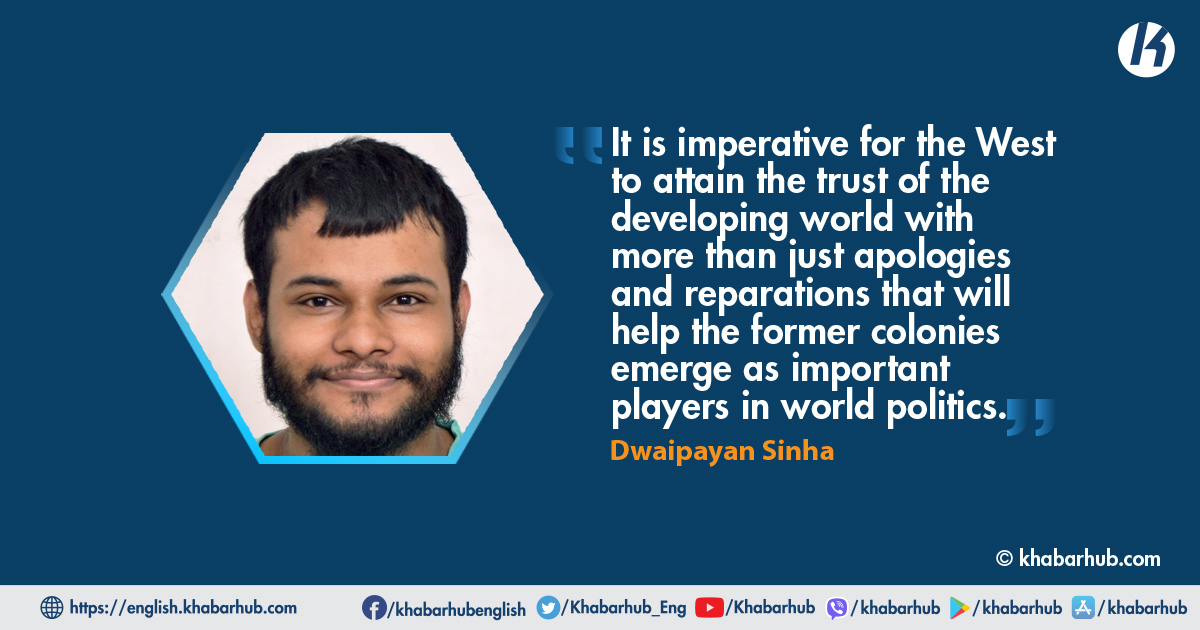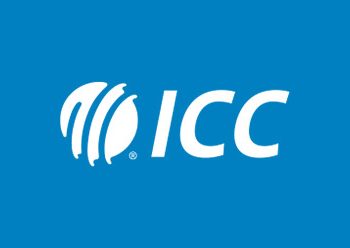In 2013, Chinese President Xi Jinping launched his ambitious infrastructure project called the Belt and Road Initiative (BRI), initially referred to as New Silk Road.
It comprises an extensive collection of various development and investment programs that would stretch from East Asia to Europe in the pattern of historical trade routes.
This would help China to globally expand its political and economic clout. China plans to invest in the form of loans and aids to those developing countries which have a poor record of governance and democratic rights and are often shunned by the West due to their frivolous handling of government.
China, which has emerged as an invaluable partner for these investment-hungry nations, seeks to exploit this space. However, a large number of these countries have fallen into the Chinese debt trap now as they find themselves unable to repay the huge loans they borrowed.
The West has now woken up to the looming possibility that China is using the BRI to expand its sphere of influence and is making its presence felt in the foreign policy formulation of these countries. India has become wary of the debt-trap diplomacy of the BRI as it runs through its own neighborhood, with Pakistan-occupied Kashmir being a part of the project.
The Western powers have also been alert of the non-transparent, non -democratic, imposing nature of lending including investments for environmentally hazardous projects.
Such concerns have forced several Western and regional nations to come up with an alternative to the BRI in an attempt to slow down China’s rise.
The latest such attempt was made in the recently held G-7 meeting where President Joe Biden put forward the “Build Back Better World” (B3W) initiative.
Previous Attempts at Similar Initiatives
It must be mentioned here that this is not the first time that an attempt to thwart China’s growth is being made. The Indo-Pacific region is no stranger to the small number of like-minded nations banding together to deal with non-traditional threats which hamper peace in the region.
The Quadrilateral Security Dialogue (Quad) comprising India, Japan, Australia and the United States is one of the most prominent examples. Such alliances attempt to tackle several issues including migration, cybercrime, climate change, narco-trafficking, sharing intelligence related to maritime security, etc.
The West hopes that such economic investment would deter the developing world from falling into the Chinese debt-trap and simultaneously act as a deterrent to Chinese ambitions of global supremacy.
After the onset of the COVID-19 pandemic, these associations have also sought to tackle the problems of disaster relief, vaccine procurement and sharing information on technology and infrastructure development.
The allied countries refrain from creating an out-and-out military alliance as that would ensure they do not get entangled in a military confrontation with China.
They would rather build on making diplomatic engagements with material investments. The nations have their own interests in maintaining maritime security in the Indian Ocean Region as the region is expected to account for over 20 percent of the world’s GDP by 2025.
The Quad members want to establish a “free and inclusive” regional order and they hope that cooperating on non-traditional issues will enable them to reach their goal.
Collaboration among the big regional powers will eventually benefit the smaller developing states compelling China to become more transparent and democratic while dealing with its aids and funds.
India and Japan had earlier formed a mini-lateral alliance with the Asia-Africa Growth Corridor (AAGC). It was primarily an economic partnership whose objective was to improve infrastructure and digital connectivity in Africa with the help of the two Asian powers.
The alliance between India and Japan was expected to take up expansion projects on disaster management, energy, agriculture, pharmaceuticals and health, agro-processing, and skill augmentation.
Tokyo and New Delhi are confident that the AAGC alliance is a more affordable alternative to China’s BRI. The environmental costs of the projects under the AAGC partnership are also significantly less.
However, the AAGC alliance has not been able to make the desired impact because the nature of the investments is an issue and needs specific unlike the mega-business nature of the BRI.
The biggest problem with the initiative is that its connectivity project is confined exclusively to maritime connectivity between India, Japan and Africa.
The different interests of the states and corporate sectors of the countries have resulted in a lack of coordination which has hampered the project.
The United States, Japan and Australia also attempted to subvert the influence of the BRI with the Blue Dot Network. The objective of this initiative was to push for infrastructural reforms in a transparent and sustainable manner.
The countries hoped that this would inspire faith in the private players who could then be used to counter the non-transparent and authoritative nature of the BRI investments. This initiative did not see much success as it was not a lending and financing body like the BRI.
Challenges Ahead
Thus, even though several attempts have been made to provide an alternative to counter the non-transparent, forcible and hegemonic BRI investments, very few initiatives have actually been effective.
It is in this complex international atmosphere that the B3W initiative finds significance. The objective of this initiative is to address the problem of the $40 trillion infrastructure deficit that exists within developing countries.
It is imperative for the West to attain the trust of the developing world with more than just apologies and reparations that will help the former colonies emerge as important players in world politics.
The G-7 and other like-minded nations hope to reduce this deficit through private sector funding. The project is in line with the objectives of the Blue Dot Network.
Under this initiative, the developing world will receive investments that are transparent, democratic and environmentally sustainable in nature.
The West hopes that such economic investment would deter the developing world from falling into the Chinese debt-trap and simultaneously act as a deterrent to Chinese ambitions of global supremacy.
However, the B3W has to contend with its own share of challenges. Even though the UK has been a steadfast ally of the US in its attempts to cut China down to size, Germany and other European Union states have deep trade ties with China.
For example, Italy is a vital member of both the G-7 and the BRI which complicates its position vis-a-vis B3W. Several skeptics have raised questions over the process of private investments whose only objective is to rake in profits from emerging markets.
They believe that the private sector would find it difficult to counter the state-sponsored BRI investments and aids.
The Western countries share a troubled history with the developing world due to their colonial past, neo-colonial economic endeavors and forceful conditions for ushering in democratic norms and values.
This has developed sentiments of sovereign sensitivity within these nations who are attracted by China’s proposals which come without any attached conditions.
Even when faced with several challenges, the B3W initiative is a great platform to counter the growth of the Chinese dragon.
It is imperative for the West to attain the trust of the developing world with more than just apologies and reparations that will help the former colonies emerge as important players in world politics.
For India, this is a great opportunity to develop ties with the Western players and also play a part in mitigating Chinese influence in its neighborhood.
India’s historical role of being a traditional investor and backer of African and Asian states may help in allaying the fears these states have of Western dominance.
(Dwaipayan Sinha is a research intern at Nepal Institute for International Cooperation and Engagement)









Comment